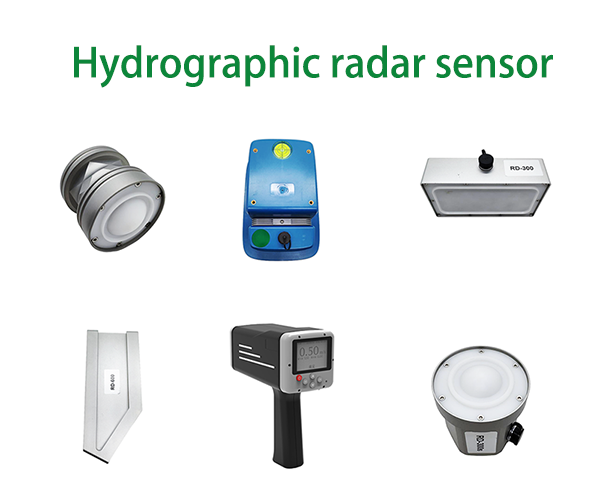As of late 2024, advancements in hydrologic radar flowmeters have been significant, reflecting growing interest in accurate, real-time water flow measurement across various applications. Here are some key recent developments and news regarding hydrologic radar flowmeters:
Technology Advancements: Recent innovations have focused on improving the sensitivity and accuracy of radar flowmeters. These advancements include new signal processing algorithms capable of discerning between surface and subsurface flow patterns, allowing for better measurements in complex hydrological environments.
Integration with IoT: The integration of radar flowmeters with the Internet of Things (IoT) has gained traction. Many new systems are now equipped with sensors that can transmit real-time data to cloud platforms. This connectivity enables enhanced data analysis, visualization, and remote monitoring, which is essential for managing water resources more effectively.
Sustainability Focus: With increasing demand for sustainable water management, radar flowmeters are being deployed to monitor and manage water resources in agriculture and urban settings. Their non-intrusive nature helps in maintaining ecological balance while providing essential data for decision-makers.
Applications in Flood Management: Recent initiatives have included the use of radar flowmeters in flood forecasting and management systems. By providing precise measurements of water flow in rivers and streams, these instruments help in predicting flood events more accurately and allowing for timely responses.
Research Collaborations: Universities and research institutions have partnered with technology companies to develop next-generation hydrologic radar systems. These collaborations aim to enhance understanding of hydrological processes and lead to innovations that improve existing measurement technologies.
Application Scenarios of Hydrologic Radar Flowmeters
Hydrologic radar flowmeters are highly versatile and find applications across various sectors:
Hydrological Monitoring: In both natural and artificial water bodies, radar flowmeters are used to monitor water flows, helping in the management of rivers, lakes, and reservoirs. This data is essential for hydrological modeling and environmental protection.
Urban Water Management: Cities increasingly adopt radar flowmeters to monitor stormwater systems and analyze runoff patterns. This information aids in designing better drainage systems, mitigating flood risks, and ensuring compliance with water quality regulations.
Agricultural Irrigation: Farmers use radar flowmeters for precise irrigation management, enabling them to monitor water flow in irrigation channels. This technology supports efficient water use and enhances crop yield by providing accurate data for irrigation scheduling.
Industrial Applications: In industrial settings, radar flowmeters are used to measure the flow of water in cooling systems, wastewater treatment facilities, and other processes where accurate water flow measurement is essential for efficiency and compliance.
Flood Prediction and Response: Radar flowmeters play a crucial role in flood prediction and management systems. By continuously monitoring river levels and flows, these devices contribute to early warning systems that inform communities of potential flooding risks, facilitating timely evacuations and resource allocation.
Climate Change Studies: Researchers are increasingly using radar flowmeters in studies related to climate change, hydrology, and water resource management. They analyze the impact of changing precipitation patterns and water availability in various regions, providing valuable data for policymakers.
Ecological Studies: In ecological research, hydrologic radar flowmeters are used to study the effects of hydrological changes on aquatic ecosystems, such as fish habitats and wetland health. This data plays a critical role in conservation efforts and habitat restoration projects.
Conclusion
Hydrologic radar flowmeters are at the forefront of modern water management technologies, playing a crucial role in sustainability efforts, urban planning, agriculture, and environmental conservation. With continued advancements in technology and increased awareness of water resource issues, their use is expected to expand further, contributing to more efficient and effective management of our vital water resources.
Post time: Dec-16-2024


